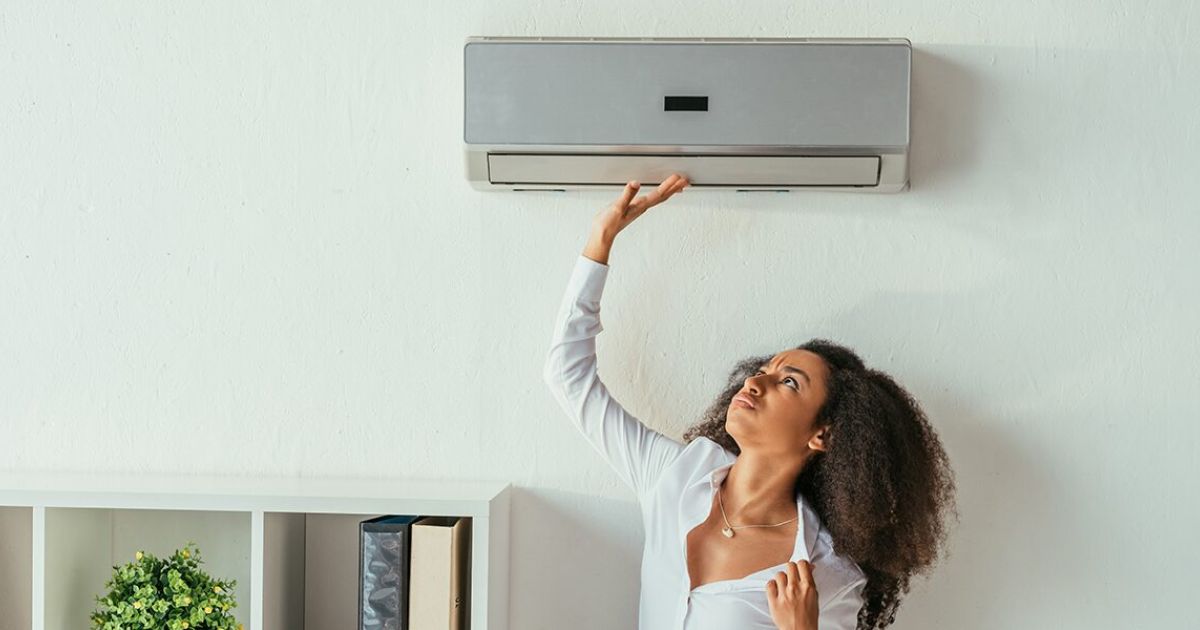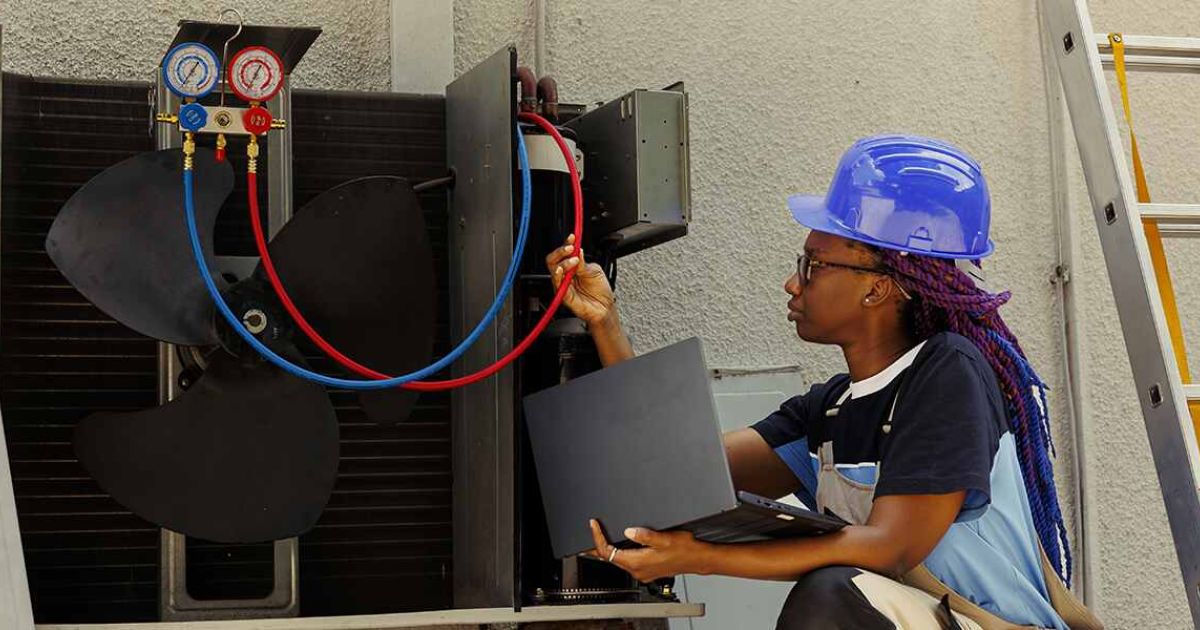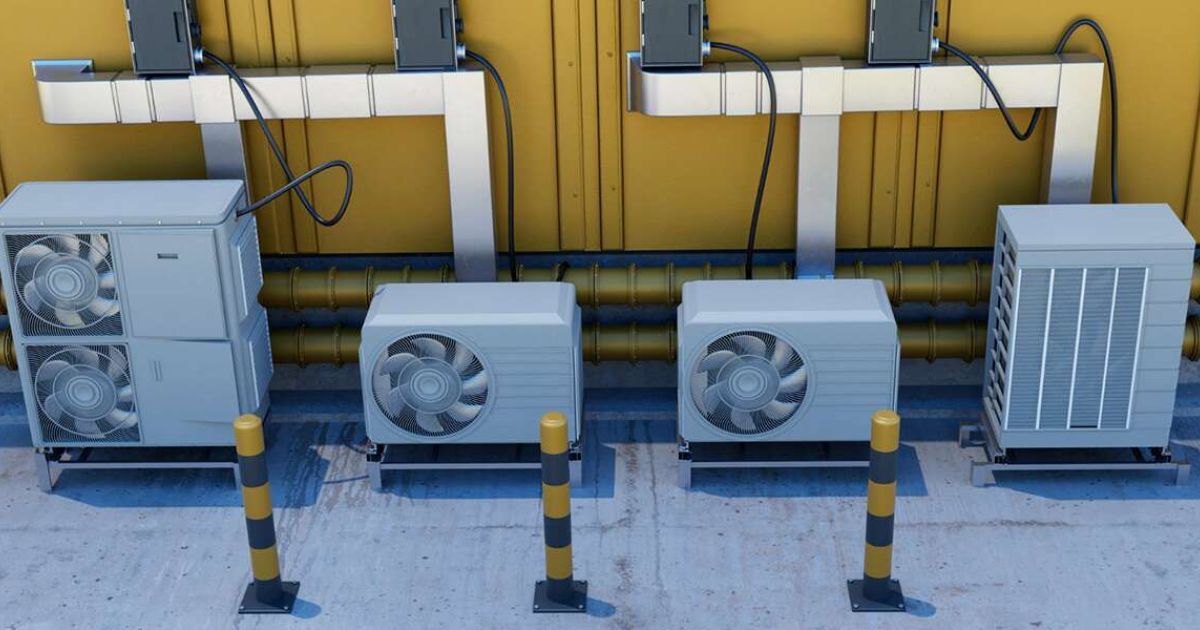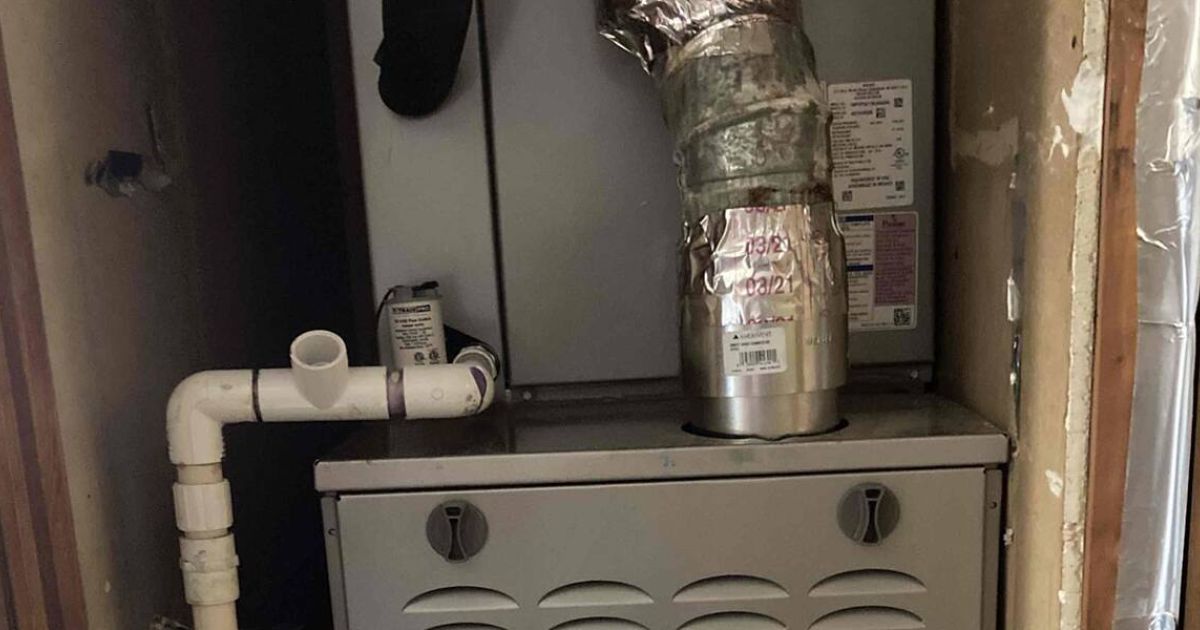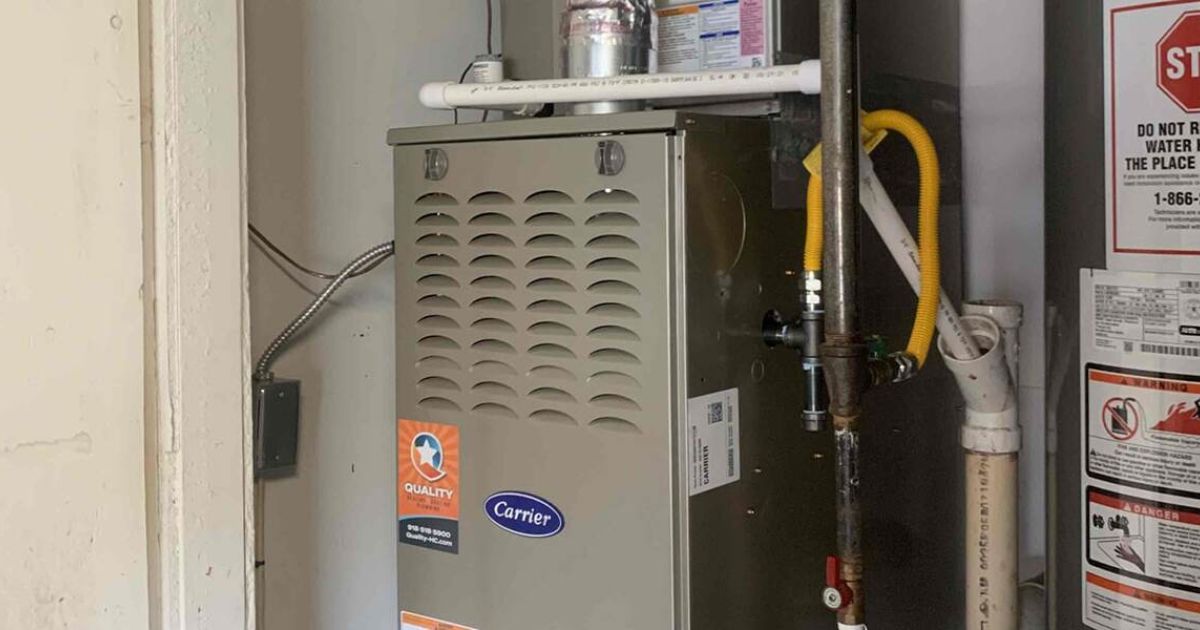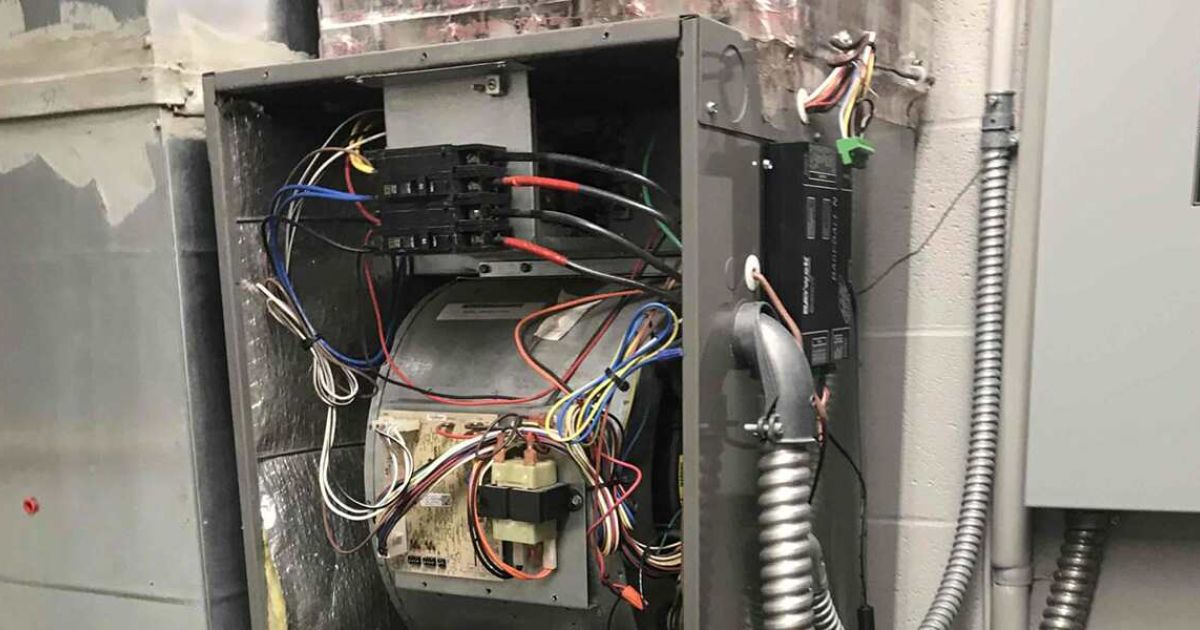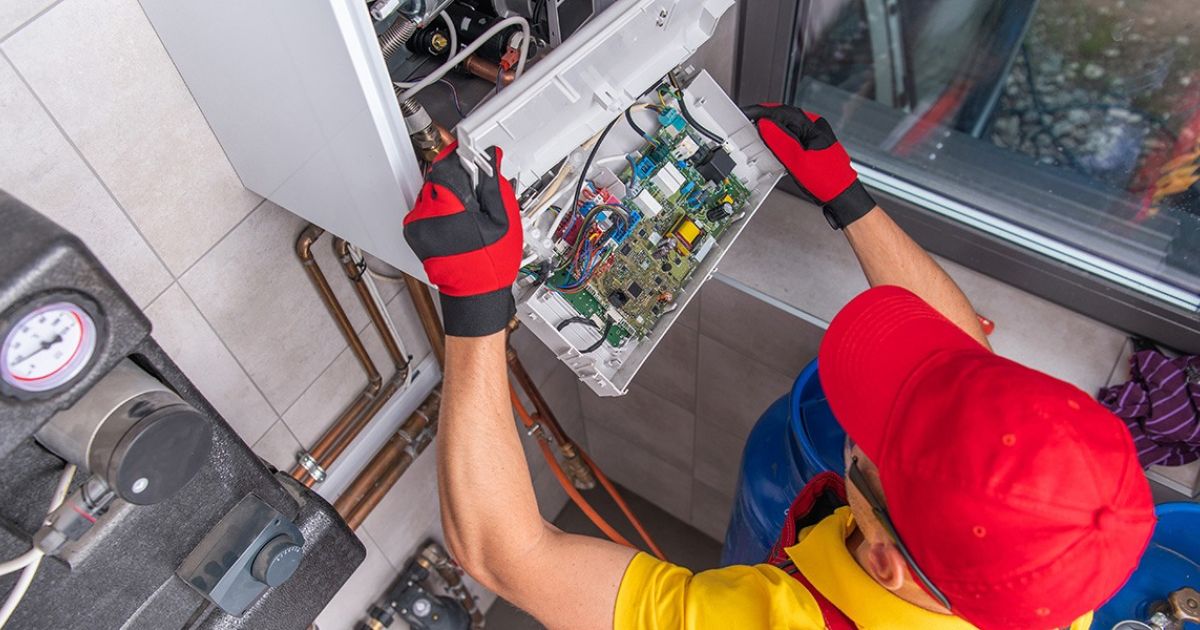
Gas furnaces are popular in many homes because of their convenience, dependability, and ability to precisely control temperatures. These units involve numerous complex components that require specific and proper cleaning. Fortunately, our professional team is here to make owning a furnace easier.
When furnaces won’t light, the most common cause is a dirty ignitor. If your furnace quickly turns off after starting, dirt buildup may be to blame. It’s important for homeowners to know how to clean a furnace ignitor so they can continue using it. Calling for a repair is not the only way to resolve your furnace problem—sometimes, just a quick cleaning could be the solution.
Quality Heating, Air Conditioning, & Cooling offers Tulsa’s heater maintenance and can inspect your current furnace. Since there are multiple furnace types, it is important to know which one you have and how to clean it. Read on to learn more about cleaning furnace ignitors, then call our team at (918) 212-0122!
The Importance of Cleaning Your Furnace Ignitor
You must know your ignitor type to determine what it looks like when it is clean or dirty. Cleaning your ignitor every so often removes the carbon deposits that build up and prevent start-up. It is relatively simple to clean dirty ignitors, and most of the time, it will resolve the issue of your furnace not starting.
You don’t want your furnace to suddenly go off on a cold day, so keeping it clean is a great way to prevent an unexpected breakdown. Scheduling service appointments as soon as you notice any issue also helps, along with signing up for a maintenance program or booking routine inspections.
How to Clean the Furnace Ignitor
When learning how to clean a furnace ignitor, you should gather all necessary supplies before beginning anything. Check that your furnace is off before cleaning for safety. As a homeowner, learning what furnace and ignitor type you have is important, especially if something goes wrong during the cold months of winter.
You will need the following materials:
- Spray-nozzle air compressor
- Headlamp
- Vacuum
- Soft cloth
- Socket wrenches
- Screwdriver with interchangeable tips
- Scuff pads
Furnace Ignitors and Flame Sensors
It is good to note that you can perform a similar cleaning on your flame sensor, which can become dirty like an ignitor. Flame sensors inform the controls of your furnace to heat when they detect flames. They appear like tiny metal rods and can quickly build up with dirt and debris.
Overly dirty flame sensors, like furnace ignitors, will prevent your furnace from running normally. When there is too much dirt, the flame sensor will incorrectly detect the flame and turn off. A flashing red light indicates a reading failure in most systems and suggests that you should clean one or both of these parts.
You can use a nut driver to remove the flame sensor and sandpaper to clean it carefully. Your local furnace technician understands the type of ignitor and flame sensor and can determine what to do next if cleaning both components doesn’t work. You might need a replacement part.
Locating the Furnace Ignitor
First, leave your furnace off for some time and wait until it is cool. In the furnace’s access panel, you will typically find the ignitor behind the set of four burners, near the gas valve. Use your wrench or screwdriver to get into the panel, and use your headlamp to see where the ignitors are.
You know you’re looking at an ignitor if it has one or two metal bars reaching out to the first burner or a yellow-white base. Gas lines connect to a burner assembly where you’ll find your ignitor and pilot tube. You can look up your ignitor type to figure out where it is if you’re having trouble.
The four most common types of furnace ignitors are:
- Direct Spark Ignitors
- Hot Surface Ignitors
- Intermittent Ignitors
- Standing Pilot Ignitors
You might need to replace your ignitor if you’re still experiencing problems and dirt isn’t the issue. Some homeowners keep extra ignitors at home in case one goes out to stay prepared. If you schedule a furnace inspection with our team, you can also get personalized maintenance tips for your furnace type.
1. Direct Spark Ignitors or Hot Surface Ignitors
For these two types of ignitors, take the following steps:
- Disconnect the ignitor wire, and loosen the screws that secure the ignitor.
- Carefully take out the ignitor by holding the base. Do not directly touch the object to prevent a malfunction from oils left behind by the skin. Direct spark ignitors will have spark wires, while hot surface ignitors have an element.
- You can also use an air compressor to remove carbon deposits that are preventing normal function.
- You can use either a soft cloth or a scuff pad to gently wipe the ignitor’s surface. No matter which you choose, do not apply too much force because the ignitor is fragile. Clean until you are satisfied or when the ignitor has a noticeable shine. After cleaning it, vacuum up the removed dirt.
- Secure the ignitor, reconnect the wire, and place the panel back in its place. Turn on your furnace and see if your efforts helped.
2. Intermittent Ignitors or Standing Pilot Ignitors
Working with intermittent ignitors or standing pilot ignitors is slightly different from hot surface or direct spark. Follow this set of steps instead:
- Find the pilot orifice (the spot where the pilot flame produces gas) and inspect it for carbon deposits or dirt. Use your preferred type of air compressor to blow away the unwanted debris. One choice is using canned compressed air and a straw, blowing air to the orifice.
- Focus on the inside of the orifice because this is the most likely spot you’ll find carbon buildup. Remember to keep the nozzle as close to the target area as possible for the best results. Spray lightly with a second or two between sprays because being too forceful can damage the ignitor and cause a need for replacement.
- Apply compressed air to the spark ignitor wire if you are working with an intermittent pilot furnace.
After Cleaning Your Furnace Ignitor
If you have tried all the above steps and still cannot get your furnace to lit, other issues may be the cause. Quality Heating, Air Conditioning, & Plumbing offers affordable replacement services in Tulsa and Glenpool, OK, along with the surrounding areas. We’ll inspect your furnace and provide a thorough diagnosis, so don’t hesitate to contact us for help!
We always provide honest and upfront pricing, so you won’t experience surprises with us. With hundreds of customer reviews, our beneficial Quality Club membership program, and personable staff, you’ll always find the answers you need. When you need furnace servicing, you know who to call!
Furnace Repair or Replacement with Quality Heating, Air Conditioning & Plumbing in Tulsa, OK
Quality Heating, Air Conditioning, & Plumbing is a locally-operated business that offers dependable furnace services, including replacement and repair. From our years of experience, we understand some of the most common furnace maintenance myths and can provide advice about your system. Now that you know how to clean a furnace ignitor, you should give us a call if the problem persists or you suspect a larger issue.
Schedule services online or call 918-212-0122 to see how we can help! Put your trust in the company that cares for you, your family, and your community, and contact the expert technicians at Quality Heating, Air Conditioning, & Plumbing. Book Quality services with us in Tulsa, OK.

Cassie Pound is the Vice President of Quality Heating, Cooling, Plumbing & Electric with locations in Tulsa, Glenpool, and Bartlesville, Oklahoma.


